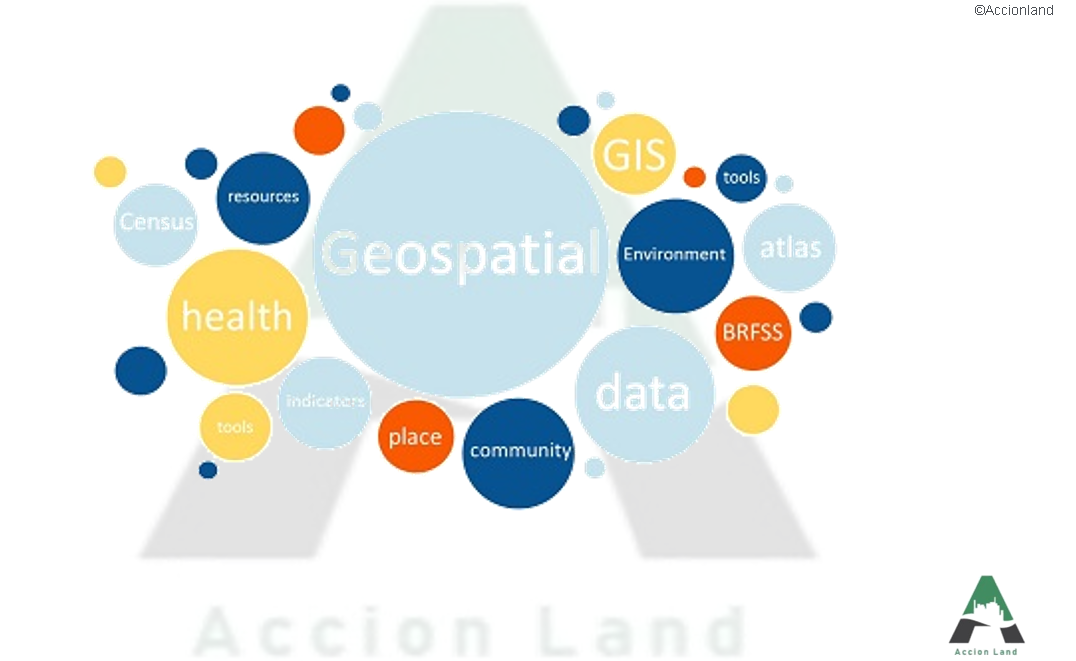GIS in Public Health Sector
In today’s time, prenatal care is considered to be one of the most important aspects in preventive medicines. The objective of prenatal care is to attain a safe pregnancy leading to delivery of a healthy new born baby. It plays an important role when it comes to health of mothers, fetus and the children. A report published by World Health Organization (WHO) states that in the low income countries only 46% women receive substantial amount of perinatal care whilst others don’t though in many parts of the world, the level of antenatal care has adequately improved. Moreover, the report indicates that millions of child-births are not performed by professionals like nurses, physicians which increase the risk of complications. The reason behind preventing mothers from receiving proper prenatal care includes poverty, long distances to medical care centers, scarcity of facilities and other cultural factors.
In fact, maternal mortality due to complications during labour or pregnancy is considered to be one of the many aspects that affect the mortality rate of population. The reasons behind maternal mortality revolves around the health care facilities the mother receives, educational status and awareness of a mother and family, income of family, communication systems, health care cost, obstetric care, condition of roads and etc. Basic awareness and access to efficient perinatal health care may serve as a preventive measure against neonatal and maternal mortalities. This demands a strong health care system to provide necessary and adequate services at any time and place. Thus, it becomes important to identify areas where health care services should be placed in such a way that it is fairly distributed amongst rural areas. Studies have shown that there is an association between the mortality rate and availability of resources like proper health care, skilled and educated health providers, clean and sufficient hospital beds as it decreases the deaths.
Here, GIS can also play an important role to lessen the maternal mortality rate. It can focus on potential geographical areas where a health centre is required through spatial distribution of health facilities. GIS can collect, analyse and display the data to promote better health care system and policy. It can be an effective measure to provide facilities and improve the system. It can be used as a powerful monitoring system that can consider the needs of the vulnerable groups and identify progress or problem in the system, immediately. It can also identify regional disparities and employ educated personnel accordingly to exert more health facilities.
In Iran, studies indicates that the mortality rate of women living in deprived areas have increased because of unequal human resources within the health care system, ignorance of women health issues, limitations in health policies, etc. So, through GIS mapping and identifying areas which need more assistance and help can improve the quality of life of women.
Click on the link bellow to view our recent endeavors in public health :

